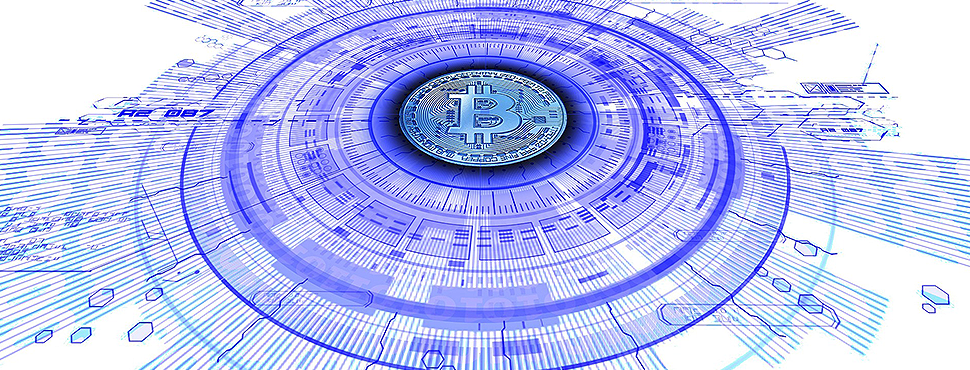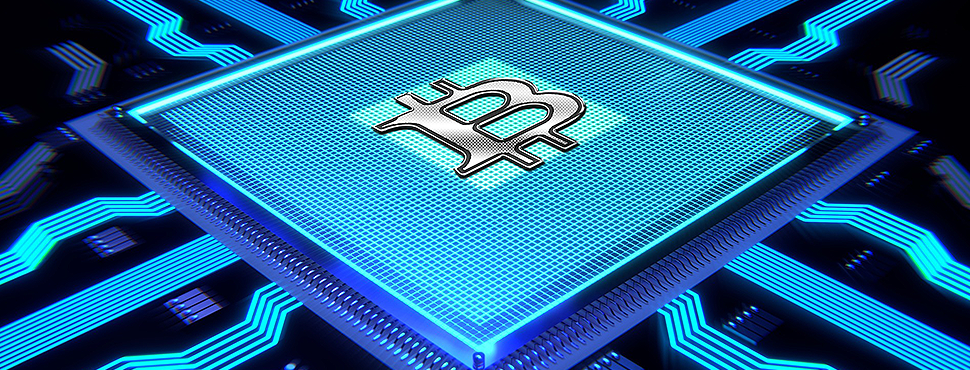share

Distributed Ledger Technology (DLT), as well as Blockchain Technology, are often mixed. So, newbies sometimes think that it is the same thing. Today we will bust that mistake.
DLT can be called a broader thing that consists of other technologies. Among distributed ledger technologies, we can highlight Directed Acyclic Graph, also known as DAG.
It is important to note that both technologies keep information on a digital ledger that can be shared and decentralized. In addition, they can also have an incentive mechanism. Though they may seem similar, some people still consider DAG a rival to blockchain technology.
In order to dig into the whole space, let’s take a closer look at these technologies, their specification, and how they have evolved over the years.
First, Let’s Find a Definition of a Blockchain
The blockchain is a transparent public ledger that is immutable, meaning it cannot be changed and linked together. Blocks are the components of this technology that retain the transaction data, which is then permanently recorded within the system. They can be thought of as individual pages of the city record book. The book is the traditional blockchain or the public ledger, while each page is a block that contains specific data. A good example is Bitcoin or Ethereum cryptocurrencies.
Each block contains, among many things, a record of some or all recent transactions and a reference to the block that came immediately before (previous hash). It also contains an answer to a complex mathematical puzzle. It is called a nonce and is unique to each block. New blocks cannot be appended to the chain without the nonce. Mining is a process of competing to find the next nonce through the proof of work algorithm. Once the new block is validated, it is added to the chain, which is arranged in a linear sequence over time.
Approximately after every ten minutes, the process is repeated, and a new block appears. The blockchain is authenticated by a vast range of globally disturbed validating nodes and users. All the nodes that are involved have an entire copy of the blockchain.
Find Out Details About the Directed Acyclic Graph
Directed Acyclic Graph (DAG) technology offers a unique and efficient approach to distributed ledger systems. While chains can visually represent blockchains, a directed acyclic graph DAG can be represented by a file directory structure. This looks the same as selecting a file on your desktop and having it reveal more subfolders. Its sequence can only go in one direction, making it similar to blockchain transactions in that it’s immutable, and users cannot tamper with it once it’s confirmed.
So, DAG-based systems can be referred to as block-less distributed ledger that is scalable and lightweight. A few significant DAG projects exist. Among them are Byteball, IOTA, Hashgraph, and NANO.
Unlike the blockchain, individual DAG transactions are tightened to one another directly rather than being grouped and processed in blocks. This boosts the scalability of DAG as compared to the average blockchain. In simple terms, we can say that a DAG-based network looks like a river and the way it flows. Over time, every stream joins the main flow. We can definitely say that it does not slow down. On the contrary, it makes the main flow vivid and strong. Hence, the bigger the list of users, the faster the transfers become without any influence on the cost.
Directed Acyclic Graph (DAG) vs. Blockchain
Structure
While blockchains follow a linear and unalterable chain of transaction blocks, Directed Acyclic Graphs (DAGs) offer a different structural approach. In a DAG, individual transactions are connected to multiple other transactions, forming a network that resembles a file directory structure rather than a linear chain.
Consensus
In blockchain networks, a consensus is achieved by validating the transactions of a block. Here are a lot of solutions that can be integrated. One is proof of work consensus that requires a race to solve a complex mathematical puzzle, referred to as mining. Successful miners earn the miner fee, which is paid by other users. It is crucial to note that miners play an important part in creating new Bitcoins. This is currently being applied in networks like the Bitcoin and ethereum networks. One other example is proof of stake (POS) which is also used in the ethereum network.
In DAGs, one transaction offers validation for the other. Among the participants, we can highlight both miners and validators, which greatly increases the scalability. However, they can’t validate their transaction. Hence DAGs have no place for high transaction fees as an incentive. For example, Hashgraph uses the gossip about gossip algorithm. This means each transaction keeps details about previous transactions that have been shared across all nodes and confirmed.

Is DAG a Blockchain?
While some people argue that DAG will replace blockchain technology, it is crucial to note the two technologies enable different use cases. However, there are DLTs that have no blocks. They use existing dags. Two good examples are iota and hashgraph.
DAG vs. Blockchain: They Enable Different Use Cases
DAG technology presents a cost-effective and efficient method of data transfer, particularly suitable for use cases demanding scalability and numerous low-volume micro-transactions. On the blockchain, this would not be economically feasible as the fees are too high. Also, blockchain only handles about ten transactions per second, and it also consumes a high amount of power, while DAG handles a vast range of transactions in a flash.
On the other hand, if you wish to transfer a sizeable amount of money, speed and transaction fees become less crucial, and security becomes the major concern. Therefore, for this use case, blockchain becomes a better alternative.
The bottom line is the two technologies are designed for different purposes and have different structures. Thus, a directed acyclic graph cannot be considered to be a blockchain, but rather it is a blockless distributed ledger.
Is Hashgraph a DAG?
Hashgraph can be called a totally different approach to distributed ledger technologies. We can say that it is a data structure or a consensus algorithm that utilizes the Direct Acyclic Graph (DAG) for storing and accessing info. It implicates the gossip about gossip algorithm to come to a consensus. It is the way the transactions within the network are tightened to each other thanks to previous hashes, and it results in a DAG that is known as Hashgraph. Therefore, the algorithm can be considered a DAG since it follows these methods.
Is Hashgraph Better Than Blockchain Networks?
Since Hashgraph is new in the market, many people do not have a clear idea about it. Therefore, to have a clear vision of both of them, here is a brief look at DAG vs. Blockchain and their differences.
Comparison of Blockchain and Directed Acyclic Graphs. Several Things to Keep In Minds
Approach
One of the major differences is that Blockchain stores data linearly- in blocks, while Hashgraph stores and accesses data using DAG. Take, for example, the Bitcoin network. It stores bitcoin transactions in blocks whose header contains hash values linked from the first transaction to the most recent one.
Security
Blockchain utilizes cryptography to provide security of info that is kept there, while its “rival” has the Asynchronous Byzantine Fault Tolerance to avoid data leaks.
Consensus Algorithm
Blockchain lacks a single approach to consensus. In most cases, it depends on the crypto or ecosystem. Hashgraph has a voting method as a form of gaining network consensus.
Speed
Blockchain’s speed varies depending on the crypto or the solution. In Bitcoin or Ethereum, their network can handle up to ten transactions in a second. Comparatively, Hashgraph is faster than blockchain as it can handle a huge amount of transfers in a matter of seconds.

Which Technology Is Best? Selecting a Solution for Your Project
Hashgraph is undoubtedly a more robust solution when compared to blockchain. But that does not mean it will be a good substitute within recent years. You should select technology applicable to your business according to your needs.
If you need help regarding the integration of these technologies, contact the ICODA team. Our methods are reliable and safe, and we excel at developing and supporting the most innovative solutions. Our team behind the agency works with the most secure cloud solutions and infrastructure.
Thanks to our extensive blockchain expertise and robust models offered by decentralized technologies, we are always ready to help you!








